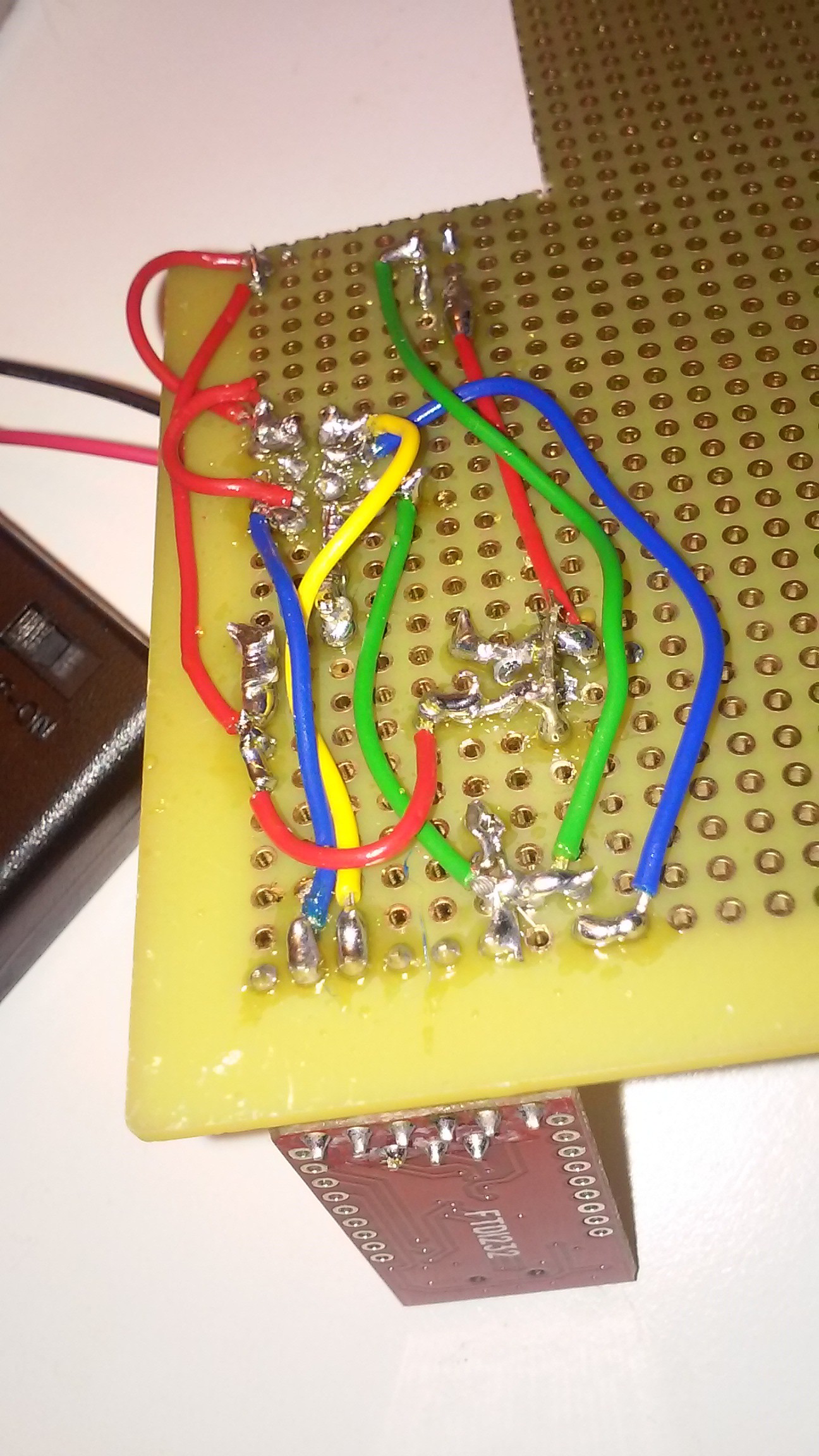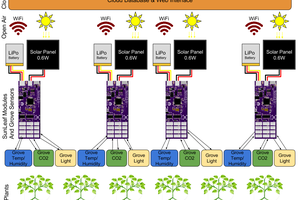I had a conversation with a environmental scientist who mentioned that they sometimes use pollution monitoring systems from well equipped HOA's in Houston; they pull information from these stations because that is the only data available in the area. Look at a map of your states air quality monitoring stations and you are guaranteed to find quite a few blind spots. If environmental agencies are already actively seeking community data, why not put a network in place to provide this support.
The Weather Underground website has utilized user sponsored data successfully. This user network allows WU to have a greater weather tracking resolution than the National Weather Service. I would like to use a similar model for tracking air quality.
I would like to create a simple IOT air monitoring station that can be installed at home and hooked up to the web to create a broad air quality monitoring network. The EPA has identified 6 contaminants that should be of concern; from the EPA website: "EPA developed the National Ambient Air Quality Standards (NAAQS) for six common air pollutants that pose serious effects to human health and the environment: carbon monoxide (CO), lead (Pb), nitrogen oxides (NOx), ozone (O3), airborne liquid and solid particles (known as particulate matter or PM2.5 and PM10), and sulfur dioxide (SO2)." Measuring these 6 contaminates will be the starting goal of the pollution monitoring station.
PASS will also come with a free app that may be used to analyze and share your data using your phone or tablet connected with through BLE. Additionally data will be accessable through a ESP 8266 wireless module.
Licence info:
https://developer.mbed.org/handbook/MIT-Licence
 Joshua Young
Joshua Young









 Jeff Taylor
Jeff Taylor
 AVR
AVR
 jlbrian7
jlbrian7
I have not decided yet. I am still in the early stages and have not finish my project description yet, but as many parameters as I can under a price point of $150. As I learn more I may have to adjust my expectations.
Here is a list of contaminates of concern:
http://www2.epa.gov/sites/production/files/documents/hazard_categories.pdf
I looked at out agencies local monitoring statin and they track far less:
http://www.tceq.state.tx.us/cgi-bin/compliance/monops/daily_summary.pl
I have seen some pollution monitoring stations that cost of $50K, this is well over my budget, but if there are one or two things that I can track that will help get more information I would consider that a step forward.
I have already reached out to our local environmental agency to see what requirements I would need to meet to have my sensors meet to acceptability requirements and have my data vetted as accurate. I have heard of environmental agencies using air quality data from wealthy HOA's that have a pollution monitoring station, so there is some precedent for now only giving the community more information, but the agencies that act on this information as well.
If you have any suggestions I would greatly appreciate it. Thanks.